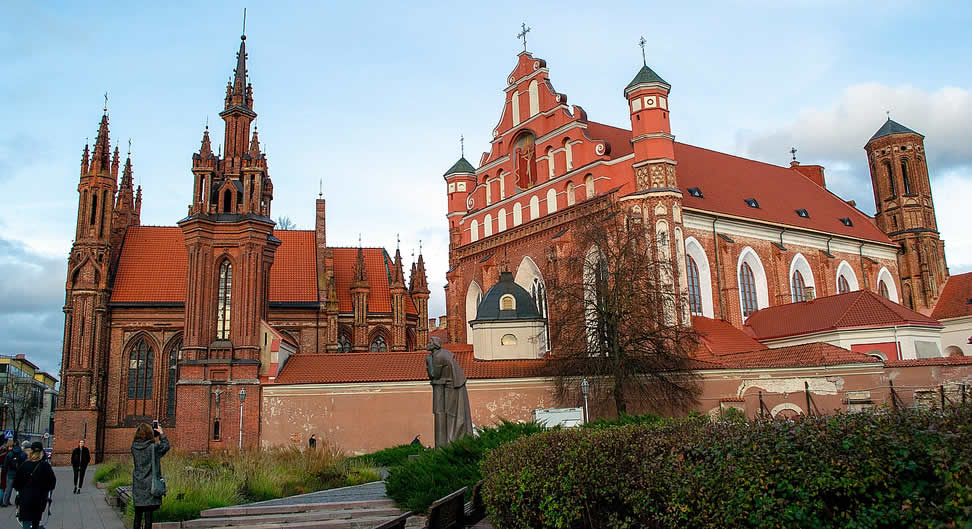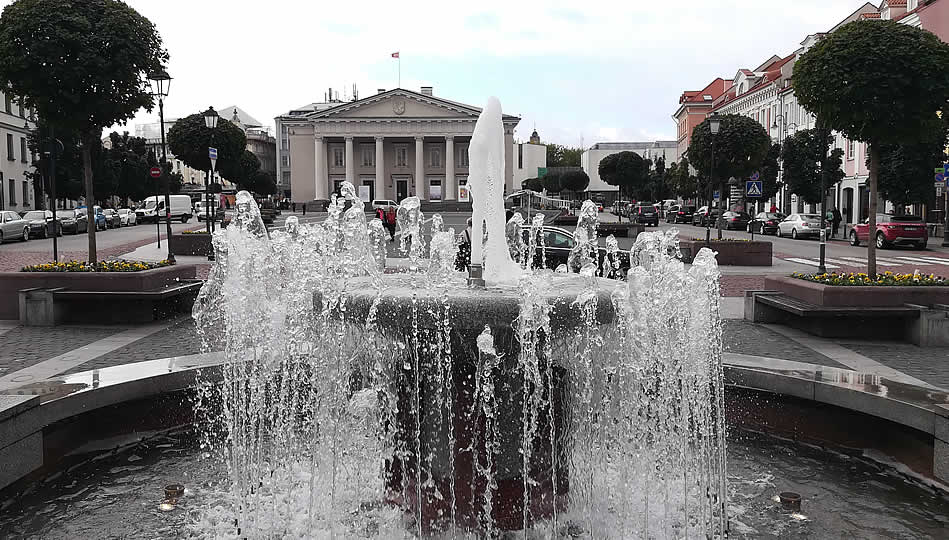City of Vilnius, the capital of Lithuania, (Baltic Repubblics) has a rich history and cultural heritage. It is the most populous city in Lithuania. Today, Vilnius is renowned for its baroque Old Town, which is a UNESCO World Heritage Site, and its vibrant atmosphere.
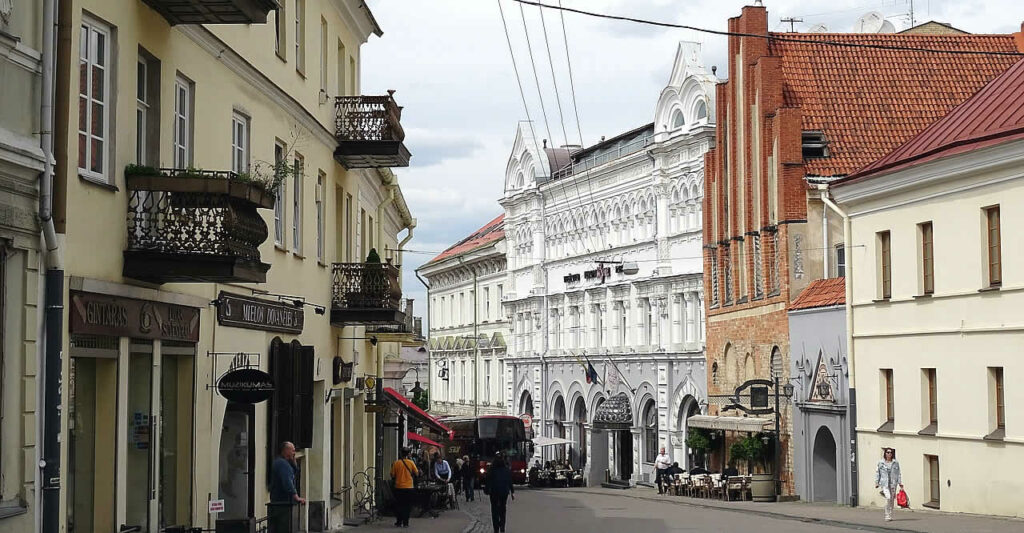
History of Vilnius
Let’s explore the fascinating history of Vilnius:
- Ancient Origins: The earliest settlements in the area of present-day Vilnius date back to the Mesolithic period. Throughout the High Middle Ages, various cultures, including Baltic, Slavic, Jewish, and German, inhabited this land.
- Capital of the Grand Duchy of Lithuania: In 1323, Vilnius became the capital of the Grand Duchy of Lithuania. Under the rule of Gediminas and Algirdas, the city grew in importance as a political and military center.
- Destruction and Rebirth: In 1377, the Teutonic Order destroyed Vilnius, but it recovered thanks to the efforts of Ladislaus Jagiellon and Vytautas the Great.
- Interwar Period: Between the two World Wars, Vilnius was at the center of political tensions. It was only de jure the Lithuanian capital until 1940 when Poland occupied it.
- World War II: During the war, Vilnius went through various phases: Lithuanian rule, Soviet occupation, and German occupation.
- Independent Lithuania: After Lithuania regained independence in the 1990s, Vilnius became the official capital of the country, recognized internationally.
What to see in Vilnius
Must-See Attractions in Vilnius:
- Old Town: With approximately 80 neighborhoods, 70 narrow streets, and 1487 buildings packed into just over 3 square kilometers, Vilnius Old Town is one of Europe’s most beautiful historic centers. Gothic, Baroque, Renaissance, and Neoclassical architecture blend seamlessly in a maze of palaces, squares, and churches.
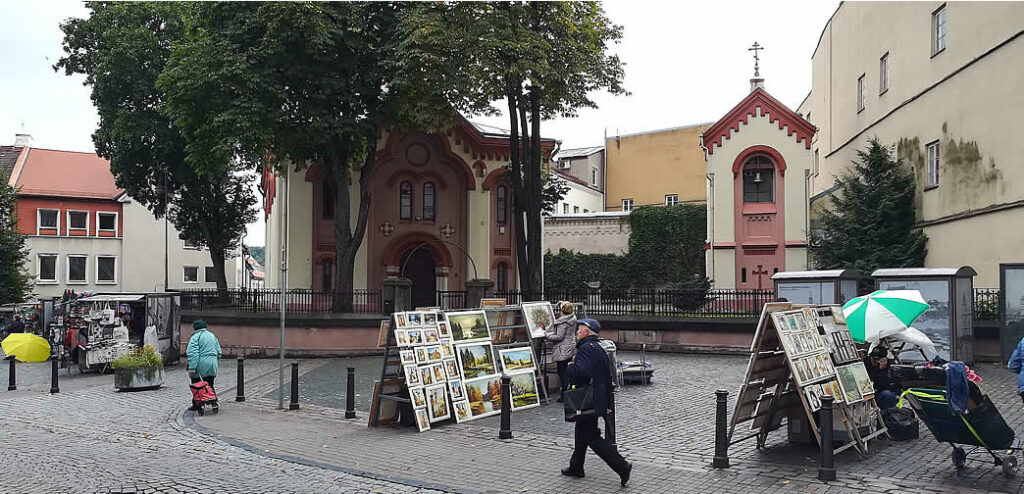
- Vilnius Cathedral: Built between 1779 and 1793 in austere Neoclassical style, the cathedral is dedicated to Saints Stanislaus and Ladislaus. It is believed to be the first place of worship consecrated to Catholicism in Lithuania, marking the beginning of the country’s Christianization.
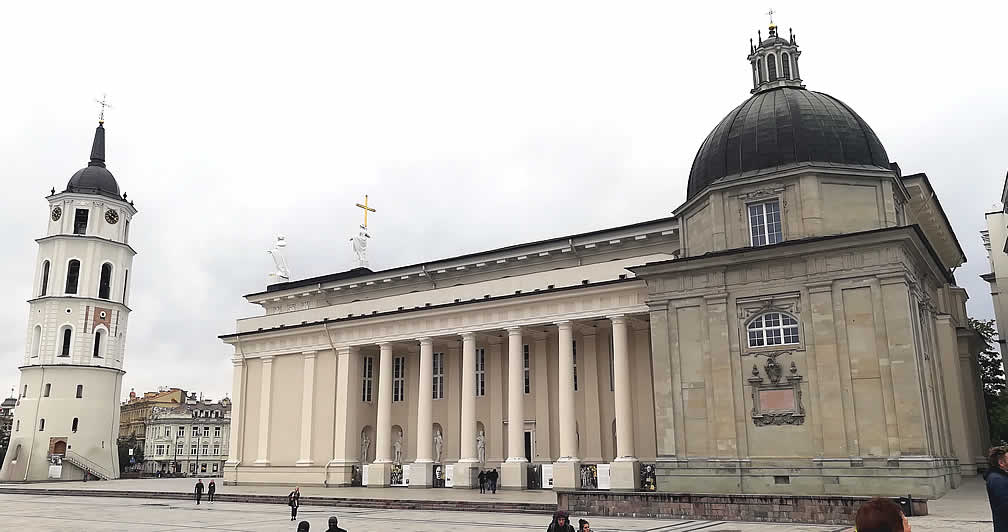
- Gediminas Tower: Climb the Hill of Three Crosses or Gediminas Tower for a panoramic view of the city. These two symbols of national history hold great significance for Lithuanians.
- Jewish Quarter and Užupis: Explore the Jewish Quarter and Užupis, known as the “Independent Republic.” You’ll find charming alleys and unique atmospheres.
- Genocide Victims Museum: Located in the former KGB headquarters, this museum tells the story of Soviet and Nazi repression in Lithuania.
- Art Galleries: Vilnius hosts numerous art galleries where you can admire works by local and international artists.
- Cathedral Square and Town Hall Square: Both in Neoclassical style, these squares are the heart of the Old Town, offering enchanting views and outdoor restaurants.
- Hill of Three Crosses: This scenic spot provides a spectacular view of the city and the Neris River.
- St. Anne’s Church: Situated in the center of Vilnius, St. Anne’s Church (in Lithuanian: Šv. Onos bažnyčia) is a Catholic church located on the right bank of the Vilnia River. It is a fine example of Gothic architecture.
